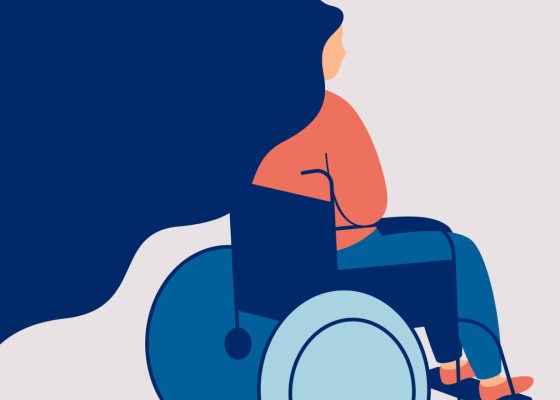The second annual report on the national disability strategy, released today, showed plenty of room for improvement.
Out of 22 measures of outcomes for people with disability, only seven have improved while eight have actually gone backwards, according to the AIHW.
The Australian Institute of Health and Welfare has released an update on progress on improving outcomes for people with disability, 18 months after the initiation of the strategy in December 2021.
The analyses report on seven outcome areas that encompass system, population and community attitude measures.
“These represent those areas that people with disability have said need to improve to achieve the Strategy’s vision for an inclusive Australian society – one that ensures people with disability can fulfil their potential, as equal members of the community,” reads the report.
Since the last annual report, seven measures out of the 22 with available baseline data, show progression, seven showed no change and eight regressed.
Progress was seen in some measures of employment and financial security, and personal and community support.
According to the update, in 2022 77% of employer responses on their disabled employees were positive, with one in 25 vocational education and training students aged 15-64 having a disability.
Unfortunately, the gap between domestic VET students with and without a disability who completed their training widened from the 2017-21 to 2018-22 cohort by a percentage point.
Over 75% of NDIS participants aged 15-64 felt their choice and control was improved by the NDIS after two years in the scheme compared to baseline.
But there was no change in the proportion of Australian Public Service employees with disability between December 2021, baseline, and December 2022.
The proportion of NDIS participants who felt they were able to advocate for themselves also remain constant at 37% from baseline in the second quarter of 2021-22 to the fourth quarter of 2022-23.
The percentage of children with a disability enrolled in preschool programs before full-time schooling also remained at just over 6% over the analysis period.
Multiple indicators of the safety and inclusion of disabled people also regressed.
“Fewer Specialist Homelessness Services clients with disability experiencing domestic and family violence were provided assistance for accommodation when needed in 2021–22 compared to baseline (79% and 82% in 2020–21 respectively),” the report read.
“The digital inclusion gap between people with disability and the Australian population widened from 9.1 points in 2021 to 11.7 points in 2022.”
New measures of the attitudes of the community were introduced in this round of analysis, borne from Australia’s Disability Strategy Survey commissioned by the Department of Social Services in 2022.
These results will form the baseline to which future outcomes will be measures.
“Just over three in four (77%) employer responses were positive about the value and benefits of employing people with disability in 2022,” the report noted.
“Almost four in five (79%) responses from personal and community support workers were positive about being disability confident and responding positively to people with disability in 2022,” it said.
According to the report, only a fifth of people with a disability felt represented in leadership roles and only half felt valued and respected in their community in 2022.
The third annual report will be released in 2025, but data updates will continue to be released quarterly on the Australia’s Disability Strategy Outcomes Framework webpages.




